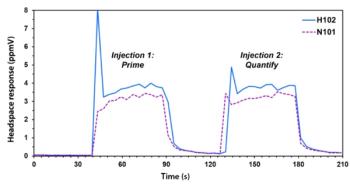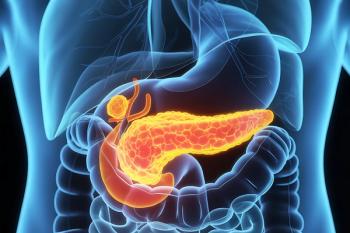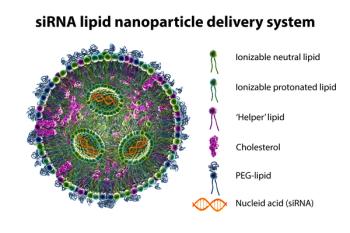
5 Ways to Improve Your Split/Splitless Injection Technique
Split/splitless injectors typically vaporize a sample dissolved in a suitable organic solvent under increased temperature. The sample vapors are entrained into the carrier gas flow inside a "liner" or "sleeve" within the inlet and from there pass into the column or out of the inlet via the "split" line/valve.
1. Understand the Process:
Split/splitless injectors typically vaporize a sample dissolved in a suitable organic solvent under increased temperature. The sample vapors are entrained into the carrier gas flow inside a "liner" or "sleeve" within the inlet and from there pass into the column or out of the inlet via the "split" line/valve.
Split injection is used to perform an "on-instrument" dilution and the relative amounts of sample which enter the column or are discarded to waste via the split line are adjusted using the relative carrier and split flow rate ratio. See point 3 for why we use split injection and don't just dilute the sample further prior to injection.
Splitless injection is used when analyte concentrations are low i.e. for trace analysis. In splitless injection the split valve is initially closed, ensuring that all sample passes onto the column, then at an optimized time the split line is turned on to clear the inlet of any residual vapors. The transfer of the sample vapor (diluted with carrier gas) from the inlet is much slower compared with split injection. This can result in band broadening, therefore, the sample vapors must be trapped (condensed) at the head of the column by using a low initial oven temperature.
2. Septa and Septum Purge
Septa are plasticized rubber disks, held under torque, which form a seal around the injection syringe needle so that pressure is maintained during sample introduction. They need to be highly 'plastic' in order to do this effectively and, therefore, many have plasticizers added. These components leach out of the septum and can give rise to noisy baselines and, under gradient temperature programming conditions, discrete interference peaks. The septum purge gas flows over the underside of the septum to carry away these bleed products and results in better baselines, fewer 'unknown' peaks, and better detection limits.
CHROMacademy Lite Membership is FREE and it only takes two minutes to register.
With a Lite Membership you are given access to:
∙ This month's webcast & tutorial
∙ Selected eLearning modules
∙ Featured CHROMacademy Content
∙ The CHROMacademy forum
Newsletter
Join the global community of analytical scientists who trust LCGC for insights on the latest techniques, trends, and expert solutions in chromatography.





